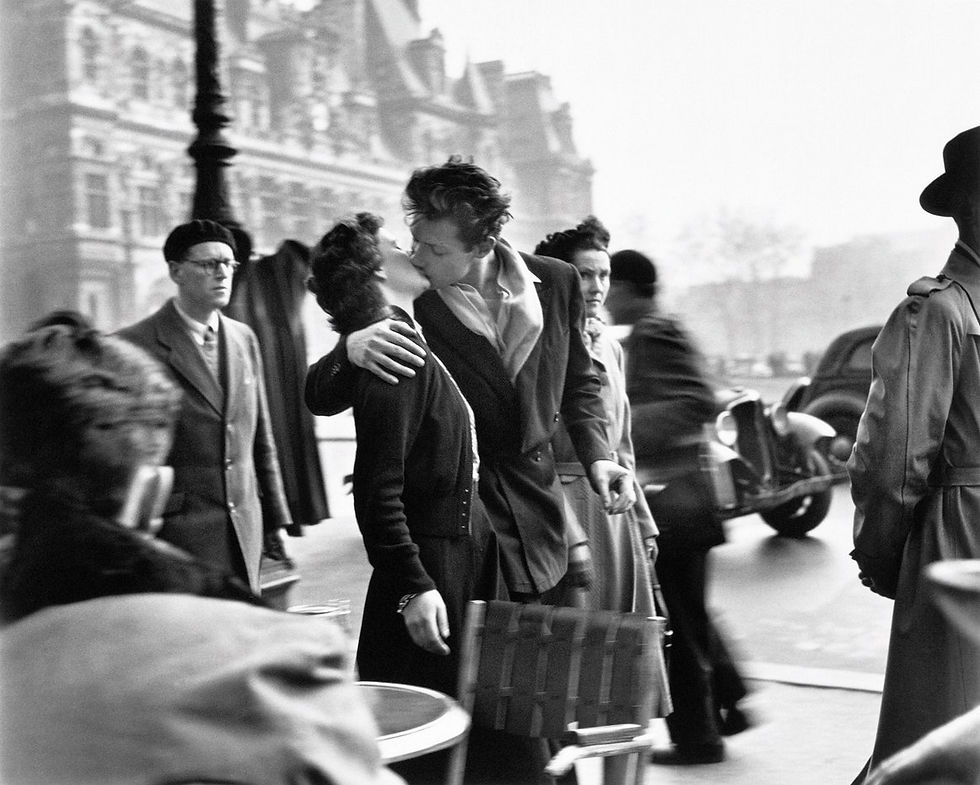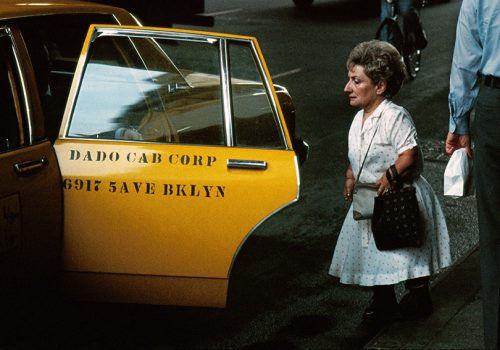In the workshop of... Robert Doisneau
- Frank Willis

- Dec 22, 2020
- 2 min read

© Robert Doisneau.
In Montrouge, the small apartment that the photographer occupied with his family for more than half a century is now a place of conservation of his collection. A treasure trove of 450,000 negatives and rare editions watched over by his two daughters.
On a brick facade - facing Doisneau Square - a discreet plaque recalls that the illustrious reporter lived there since 1937. At the time, the young man worked at the Renault factories in Boulogne-Billancourt. Beginning in photography, he captured the daily life of workers. During a reportage in Montrouge, then a working-class suburb of southern Paris, he stumbled upon this building housing a number of artist studios. An apartment became available. He immediately moved there with Pierrette, his wife.
In the lobby of the building, a large portrait of Robert Doisneau welcomes visitors. A few steps higher, we are propelled into his world, with Annette and Francine, as guides. Since their father’s death in 1994, they are the ones who have watched over his archives.
He is remembered by the two sisters as a man who never sat down to rest. In the studio apartment where the whole tribe lived, there was a thin line between privacy and work. "Photography was not hisjob, it was his life," says Francine, whose bedroom was located above the studio.
She remembers as if it were yesterday "the smell of hyposulfite and hydroquinone" that pervaded the household. During the week, the bathroom served as a dark room''.
Far from the romantic image of the humanist photographer strolling down the streets, Doisneau was first and foremost, by necessity, a craftsman. “Of course he loved to take these moments of escaping from everyday life, but he made a living from the press and considered himself above all as an illustrator,” insists Francine.
On the walls are lined cardboard boxes in which he filed his photographs and which are kept in his old room. Each has a theme: “architecture”, “bistros”, “children with small animals”, “socialites”, “Paris, signs and windows”, “tapestries”…
“He understood early on that if he wanted to find and send a photo in a matter of minutes to a newspaper, it had to be carefully filed,” says Francine. In fact, at the end of it, he would tell whoever would listen that his success was in part due to the negatives he had patiently numbered and listed, day after day. "


Comments